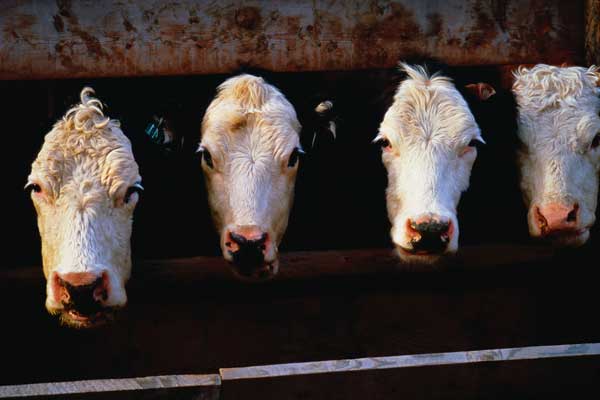
In spite of an aggressive rabies vaccination campaign in southern New Mexico, reports of new cases continue to filter in from across the state, most recently in Curry and Mora counties, raising the number of confirmed cases this year to 32.
In what has been termed the worst rabies outbreak in New Mexico in many years, pet and livestock owners in southern regions of the state were warned to be on the outlook for infected animals after 30 confirmed cases of the disease were discovered in Eddy County between Jan. and Mar. this year, mostly in skunks and foxes.
While the program is being credited with helping to curb the outbreak there, the Mora County incident reported in April and the latest Eddy County incident this month may be an indication the threat of rabies is more widespread and growing.
In Carlsbad earlier this year there were reports of a fox chasing residents down a street and multiple incidents where either foxes or skunks had ventured into incorporated areas and had bitten dogs. At least a dozen people have undergone rabies treatment this year as a result of exposure.
In addition, New Mexico Extension agent Woods Houghton reported one cow was being observed for signs of rabies infection and said there was a confirmed case of rabies in a single horse last year.
“I have cautioned horse and livestock owners to be on the watch for early signs of rabies infection. The problem we have on a farm or ranch is the chance for human exposure as ranch hands regularly work with these animals. While we think of rabies as something our pets can easily contract, the truth is it can happen with farm animals as well,” Houghton said.
Another case of rabies may have occurred in a cow last year but the rancher buried the animal before health officials could arrive for testing in an effort to prevent predators from feeding on the contaminated carcass.
Assistant State Public Health Veterinarian Dr. Megin Nichols in Santa Fe says last year’s historic drought has contributed to the growing number of rabies cases in New Mexico. While most have been isolated in deep southern parts of the state, the latest cases reported in Mora County in north central New Mexico and Curry County near the Texas-New Mexico line may be an indication the virus may be spreading to other areas.
Not just pets
“Infected wildlife will filter into populated areas in search of food and water during times of drought and this has been driving the elevated number of rabies cases in pet populations in the Carlsbad area. As warm, dry weather settles back in across the state, we are going to see more of this kind of activity and are encouraging all pet owners statewide to make certain pets are vaccinated each year,” Nichols said.
Officials say it is unusual to recommend vaccination of all horses and livestock, but vaccines for them do exist. Nichols suggests show animals and breeding stock are of most concern, but says all farm animals are at risk.
Those who work with horses and livestock are encouraged to watch for early signs of animal infection and are reminded to wash their hands and to wear protective gloves as possible.
In addition to the rabies outbreak in New Mexico, health officials say the number of rabies incidents is on the rise across the Southwest. In Texas last year, samples of tissue from 1,018 animals tested positive for the disease, the most since 2008, representing a 30 percent increase over 2010 when Texas had the most cases in the United States. Already this year 211 cases of suspected rabies have been reported in Texas, among them a cow, a goat and four horses.
In Kansas, 13 animals have tested positive for rabies since Jan. 1, including four skunks, two bats, two horses, two cows, one cat, one coyote and one raccoon.
“We have a significantly higher number of confirmed rabid animals this year, 13, compared to just four during the same time in 2011,” said Kansas Department of Health and Environment Veterinarian Dr. Ingrid Garrison. “Since 2007, there has been an average of 68 cases of rabid animals a year in Kansas.”
She says vaccines are available for dogs, cats, ferrets, horses, cattle and sheep.
“People understand the importance of vaccinating dogs and cats against rabies but often forget about vaccinating horses,” Garrison added. “Although vaccination of all cattle and sheep is not practical, we encourage vaccination of valuable breeding stock and show animals.”
Rabies Prevention Tips
Have your veterinarian vaccinate all dogs, cats, ferrets, horses and valuable breeding stock and show animals (cattle and sheep) against rabies.
If bitten by an animal, seek medical attention and report the bite to your local public health department or animal control department immediately.
If your animal is bitten, contact your veterinarian or local health department for advice.
If you wake up in a room with a bat present, even if there is no evidence of a bite or scratch, seek medical attention.
Do not handle or feed wild animals. Never adopt wild animals or bring them into your home.
Do not try to nurse sick wild animals back to health. Call animal control or an animal rescue agency for assistance.
Teach children never to handle unfamiliar animals, wild or domestic, even if they appear friendly.
About the Author(s)
You May Also Like






